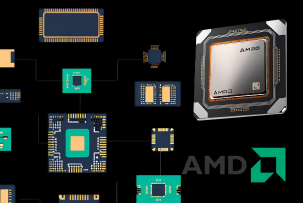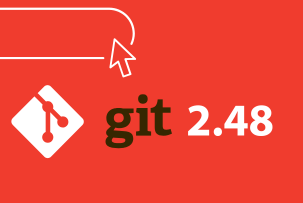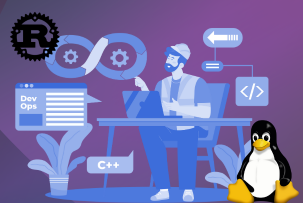DPU Revolution in Data Centers
16:06, 01.08.2024
The DPU or data processing unit is a somewhat new device designed to take some of the load from the CPU and put it onto a separate card in the server. The card itself can handle various management tasks, and requests related to storage and network.
Lately, data centers around the world have started using DPUs because CPUs don’t show good performance, since they weren’t designed for the workload volume of data centers. Using DPU can make data centers more efficient, which will ultimately result in reduced cost for their maintenance and increased performance. DPUs reportedly can save up to 30% of electricity commonly used to power data centers.
How Are DPUs Different From CPUs?
In chronological order, the CPU came first, then came the graphics processing unit (GPU), which supports the processing of images and videos, and then DPUs, which are aimed to work with their predecessors to help them better handle the workload. The latter can offload data processing associated with machine learning, AI, IoT, and 5G.
Key Impacts of DPUs on Data Centers
The key impacts of DPU on data centers include the following:
- Offloading tasks from CPUs. DPUs can help CPUs do their job better by taking on tasks like network packet processing, storage management, and security. It allows CPUs to focus on their main task, which is running software and applications.
- Energy efficiency of data centers. It is proven that using DPUs reduces the energy consumption of data centers, making them more sustainable.
- Enhancing data center security. DPUs can handle the share of encryption and decryption and other security protocols on their own, without burdening the CPU.
- Improve network performance. DPUs have networking capabilities that can improve network performance. They contribute to faster data transferring, reduced latency, and better traffic management.


